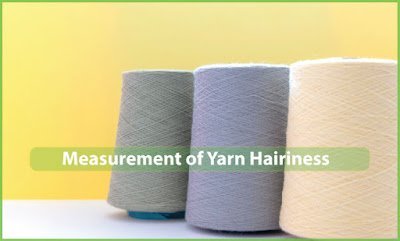Determination of Colorfastness to Wash of a dyed fabric in ISO method
Introduction Colorfastness is a term used in the dyeing of textile materials color to fading or running. The term is usually used in the contact of clothes. In general, clothing should be tested for colorfastness before using bleach or other cleaning product. Lightfastness, wash fastness and perspiration fastness are the main ones that are standardized[…]

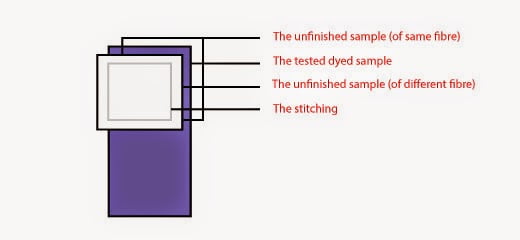
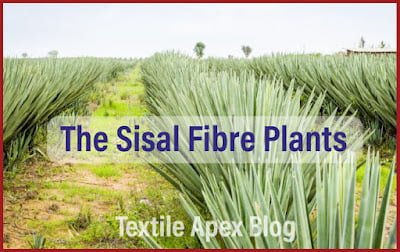


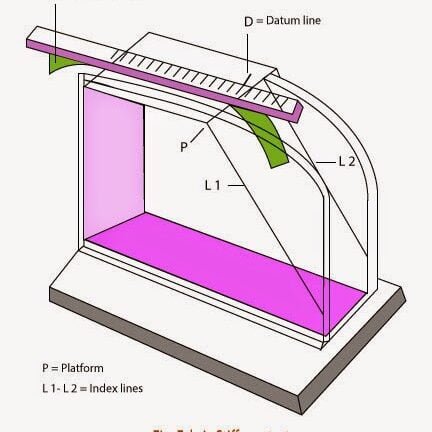
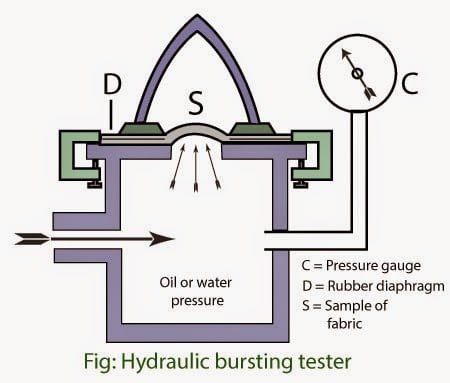
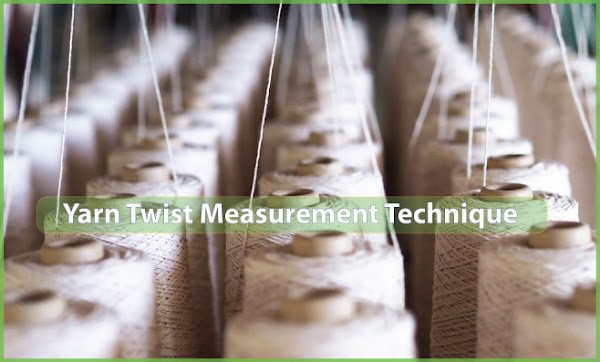
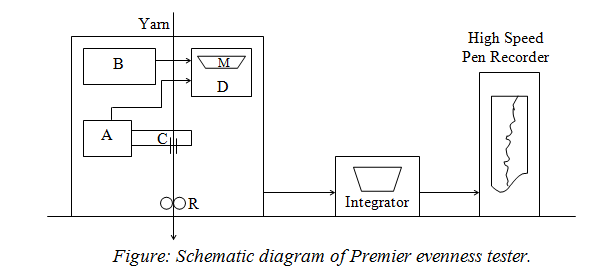
![An Overview of Garments Lining [A to Z]](https://textileapex.com/wp-content/uploads/2023/08/Garment-Lining.jpg)
